Calla Lily
Couldn't load pickup availability
Description: Calla Lily, also known as Zantedeschia, is an elegant flowering plant prized for its exquisite, trumpet-shaped blooms and lush foliage. This plant, belonging to the Araceae family, is native to South Africa and is popular for its striking appearance and long-lasting flowers. Calla Lily comes in a variety of colors, including white, yellow, pink, orange, and red, making it a versatile choice for both indoor and outdoor gardens.
🌿 Botanical Name: Zantedeschia spp. (Calla Lily)
🐾 Pet Warning: Calla Lily is toxic to pets if ingested. Keep it out of reach of cats, dogs, and other pets.
💧 Care Level: Moderate. Calla Lily requires specific care to thrive and produce vibrant blooms.
📏 Approximate Size: Calla Lily plants typically grow to a height of 1 to 3 feet (30 to 90 cm), depending on the variety.
☀️ Light: Calla Lily thrives in bright, indirect light. Place it near a window where it can receive plenty of sunlight without direct exposure. In hotter climates, provide partial shade to prevent leaf scorching.
💧 Water: Keep the soil consistently moist but not waterlogged. Water Calla Lily when the top inch of soil feels dry to the touch, typically once or twice a week. Ensure proper drainage to prevent waterlogging, which can lead to root rot.
💦 Humidity: Calla Lily prefers moderate to high humidity levels. Increase humidity by misting the leaves regularly or placing a humidifier nearby, especially in dry indoor environments.
🌡️ Temperature: Calla Lily thrives in temperatures between 60°F to 75°F (15°C to 24°C) during the growing season. Avoid exposure to cold drafts or temperatures below 50°F (10°C), as they can damage the plant.
❄️ Hardiness: Calla Lily is hardy in USDA zones 8 to 10 and can tolerate mild frost. In colder climates, it's best grown as a container plant that can be brought indoors during the winter.
🌱 Soil: Plant Calla Lily in well-draining, fertile soil with a slightly acidic to neutral pH (6.0-7.0). A mixture of peat moss, perlite, and compost works well to provide adequate drainage and nutrients.
🌱 Fertilizing: Feed Calla Lily with a balanced liquid fertilizer diluted to half the recommended strength every 2 to 4 weeks during the growing season (spring and summer). Reduce fertilization frequency in fall and winter.
🔄 Pruning: Remove spent flowers and yellowing or dead leaves to promote new growth and maintain the plant's appearance. Use clean, sharp scissors or pruning shears to avoid damaging the plant.
🌱 Propagation: Calla Lily can be propagated by division. Divide overcrowded clumps in early spring before new growth emerges. Plant the divisions in separate containers or garden beds with well-draining soil.
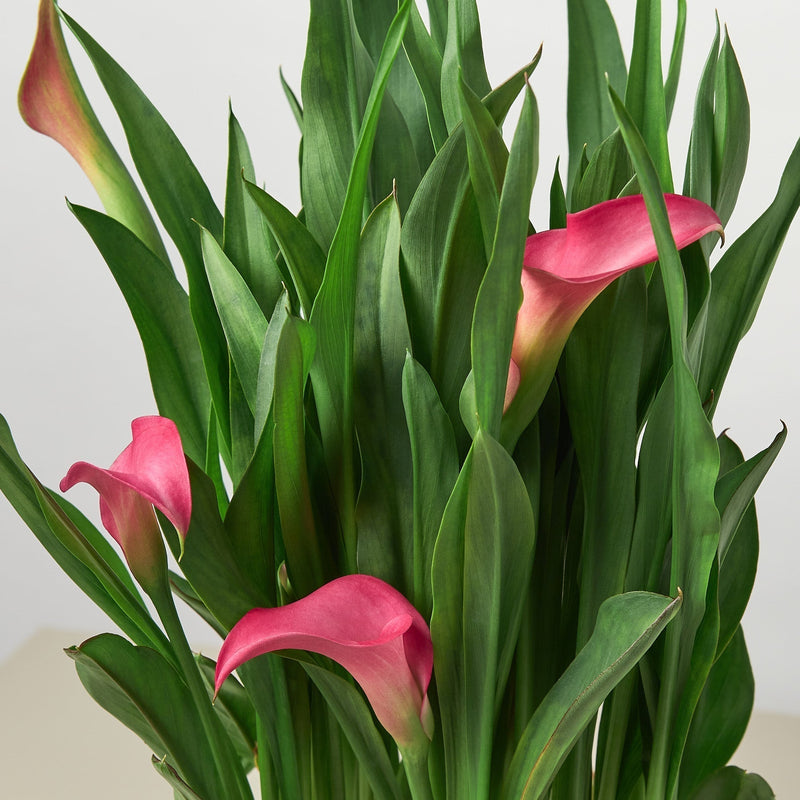
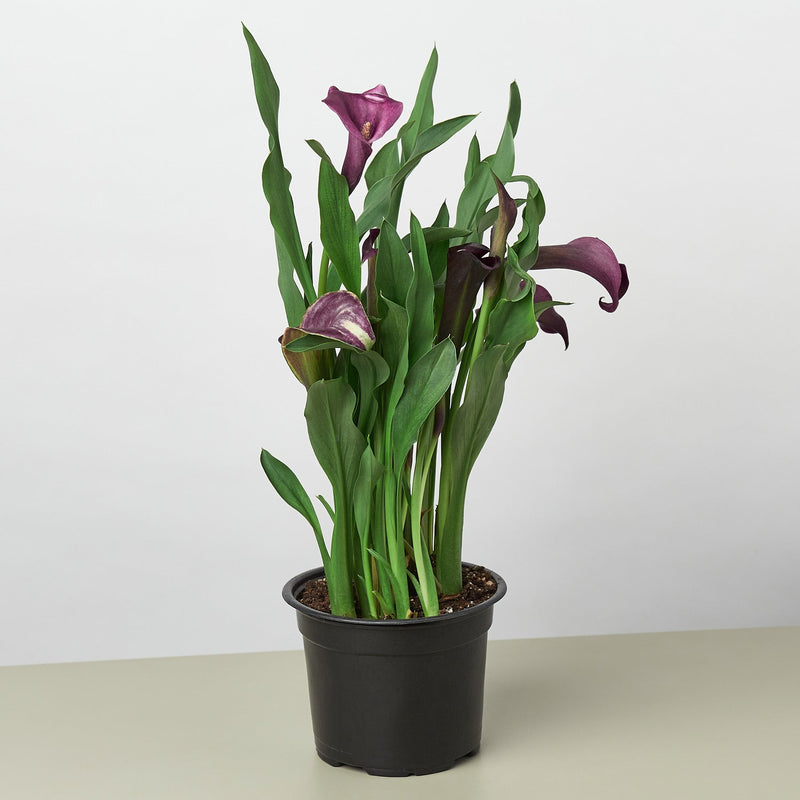

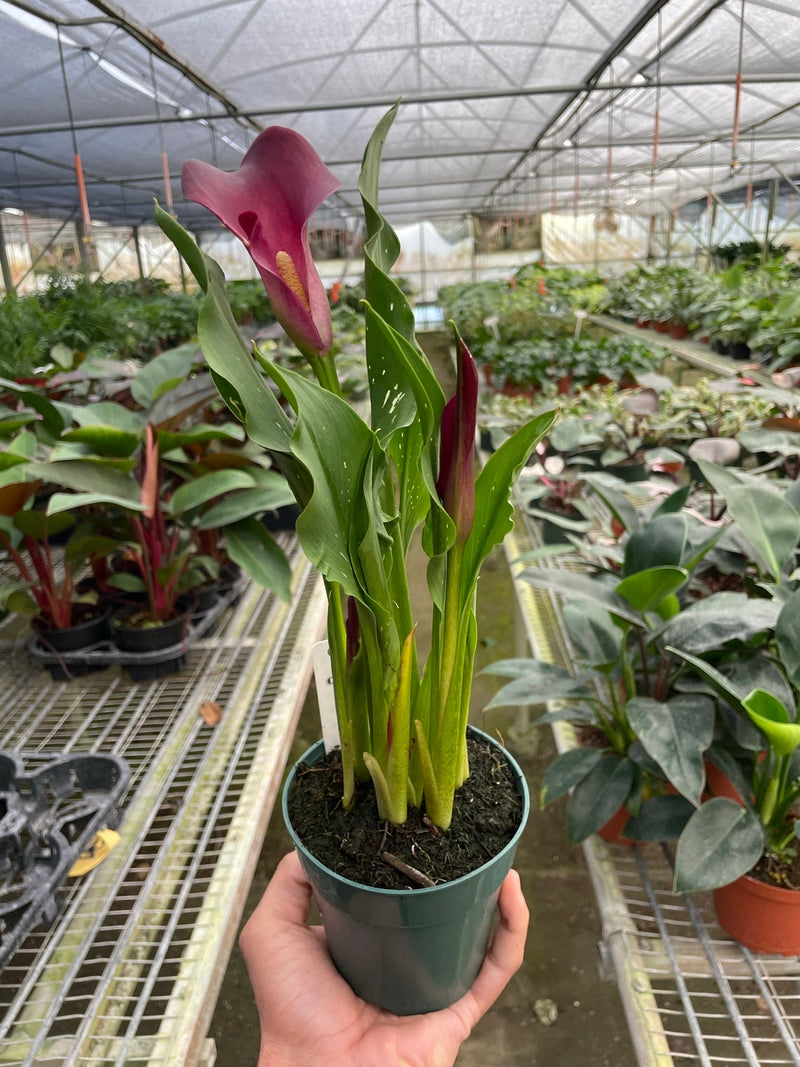
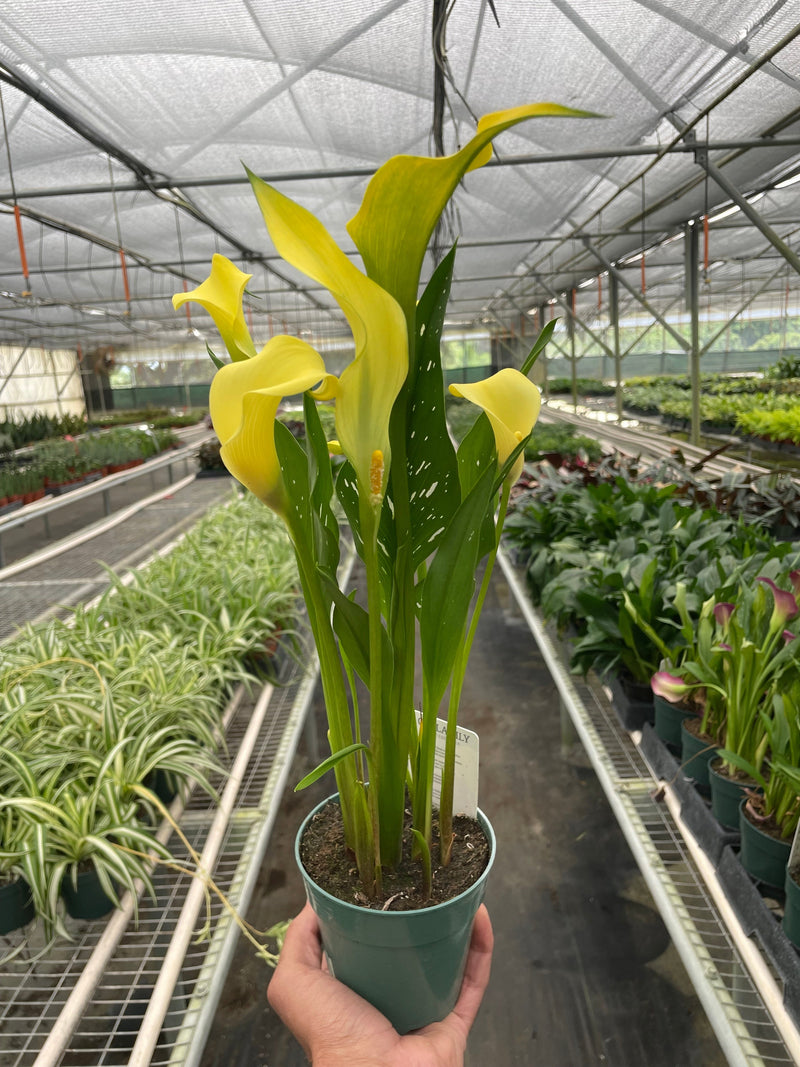
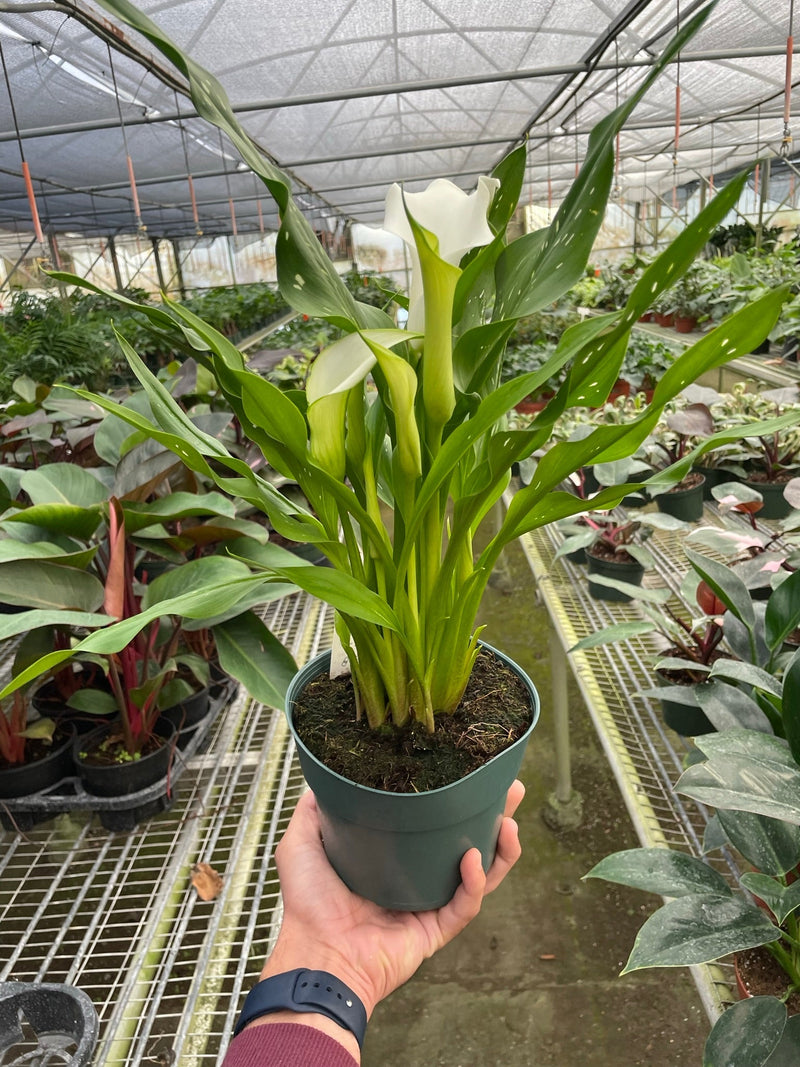
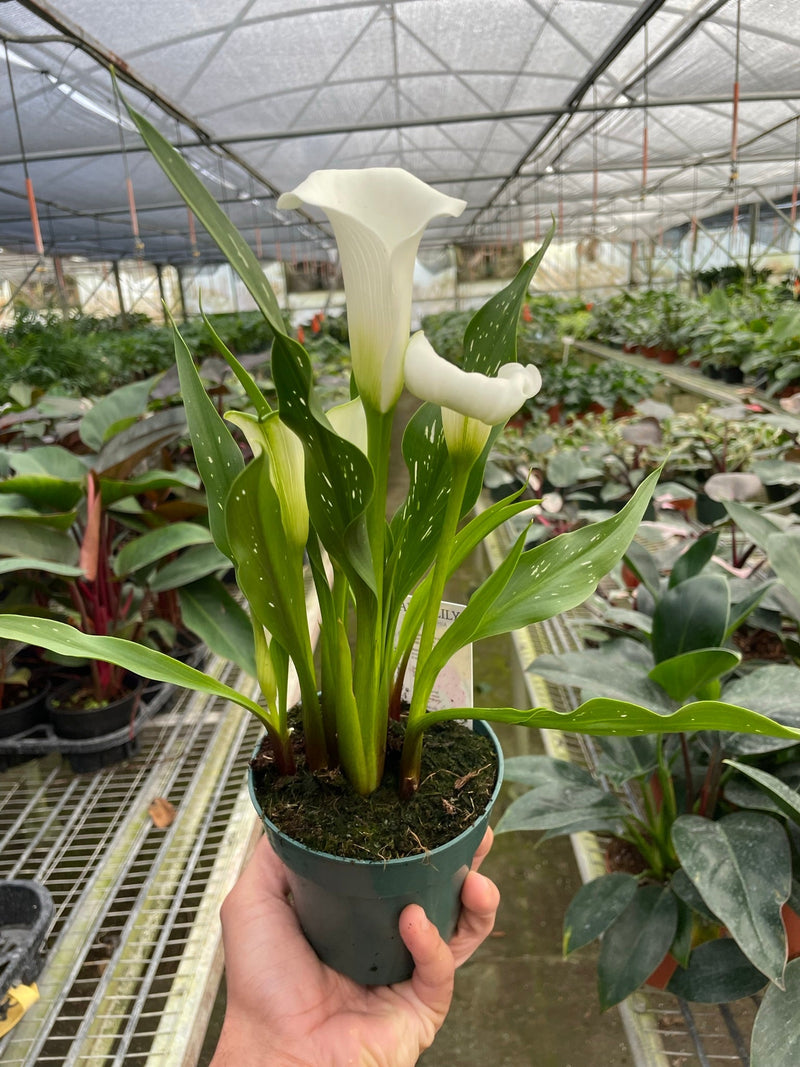


Calla Lily








